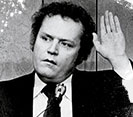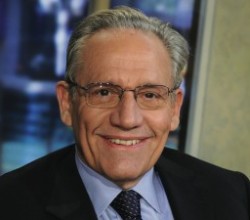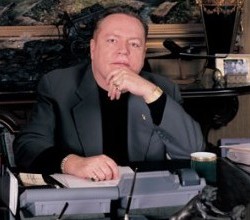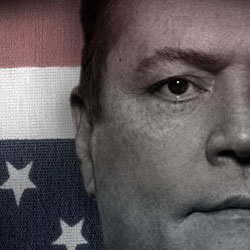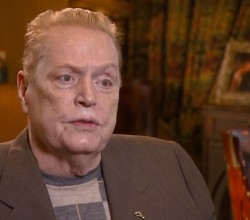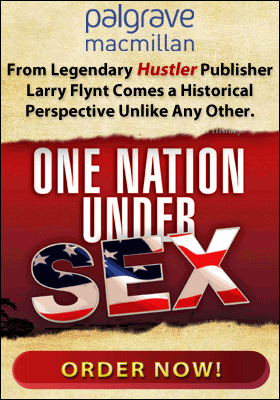Teach Jazz!
EDUCATION REFORMERS RALLY AROUND MUSIC THAT HAS HELPED RAISE STUDENTS’ GRADES AND HALTED A WAR.
by Nat Hentoff
A well-intentioned George W. Bush mistakenly championed the No Child Left Behind Act. Teachers throughout the nation had to spend a lot of time preparing students for standardized tests in reading and math. These determined not only if students could be promoted but also which teachers could keep their jobs. Much to my dismay, classes in the arts, particularly music, were eliminated because of budget cuts and because so much time was being devoted to students practicing for the tests.
On that note, one of Valerie Strauss’s recent Washington Post columns (“The Answer Sheet”) was titled “Music education helps kids learn to read—study.” She quoted Professor Daniel Willing ham, a cognitive scientist at the University of Virginia. He pointed out that without training in music, “children are less likely to learn the association of certain written letter patterns and their corresponding rhythms in speech if they don’t perceive the rhythms of speech very well.”
Professor Willingham reminded me that I had seen how jazz rhythms can be beneficial to young children. About ten years ago a fourth-grade teacher at a New York City elementary school invited me to talk about a subject near and dear to my heart: the joyous, early history of jazz in New Orleans. This musical genre ultimately spread around the world as a distinctive bounty of American culture.
Rather than merely deliver a lecture, I brought one of my favorite recordings by clarinetist George Lewis and His New Orleans Stompers. I’d been told that none of the kids had ever heard of jazz, much less George Lewis, but that only made what happened even more electrifying. Soon after the swinging music started, some of the students began to move in their seats to the beat and then jumped up to dance. Their classmates eventually joined them, and so did their teacher.
Later she told me the school, as a result, had added music, including jazz, to its curriculum. The students’ test scores in other subjects, she proudly mentioned, went up.
As I was about to write this column, the July-August 2013 edition of Allegro (the lively publication of New York’s Local 802 of the American Federation of Musicians) arrived. For its cover story, “The Art of Teaching Music,” several Local 802 members were asked how they learned to become effective teachers.
Jon Berger, a percussionist who has performed with Aretha Franklin and the Roy Merriwether Trio, gave a lesson to teachers of any subject: “My mentor in college inspired me to observe the individuality of each student rather than force techniques and methods. So my advice to others is to get to know your students. Find out what inspires them—and what shuts them down. … ‘Music is magic,’ I tell the little ones. ‘You make a sound, and people instantly respond. It is a universal language that brings people together.’”
One of the biggest kicks I’ve had as a writer on music is keeping up with Kids for Coltrane, the brainchild of New York City elementary school teacher Christine Termini Passarella. I was a friend of John Coltrane, whose deeply enliven – ing tenor saxophone and composing reached inside of me. But I never thought little kids would dig him until I started writing my book At the Jazz Band Ball: Sixty Years on the Jazz Scene.
I quoted Passarella in the chapter “These Little Kids Think Coltrane Is Cool”: “The children were drawn to the range of feelings in the songs (and playing) as I gave them the backgrounds of the compositions. ‘Alabama,’ for example, was about Martin Luther King and racial discrimination.”
Iconic jazz composer and teacher Quincy Jones has been working for years to get music back into our schools. And that’s why trumpeter Jon Faddis likes to tell how a bloodthirsty civil war in Africa was suddenly suspended. The leaders of the armies on both sides had heard that Louis Armstrong would be doing a concert in the Belgian Congo. Those adversaries just had to hear Satchmo’s soulful sounds and marvelously energizing rhythms.
That’s just one global contribution this country has made to the ages. This too ought to be taught in our schools.

